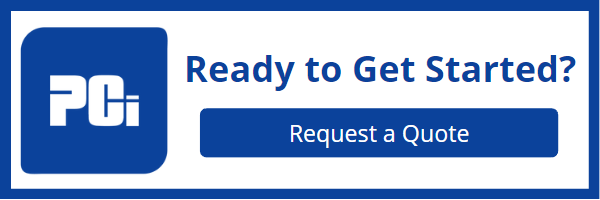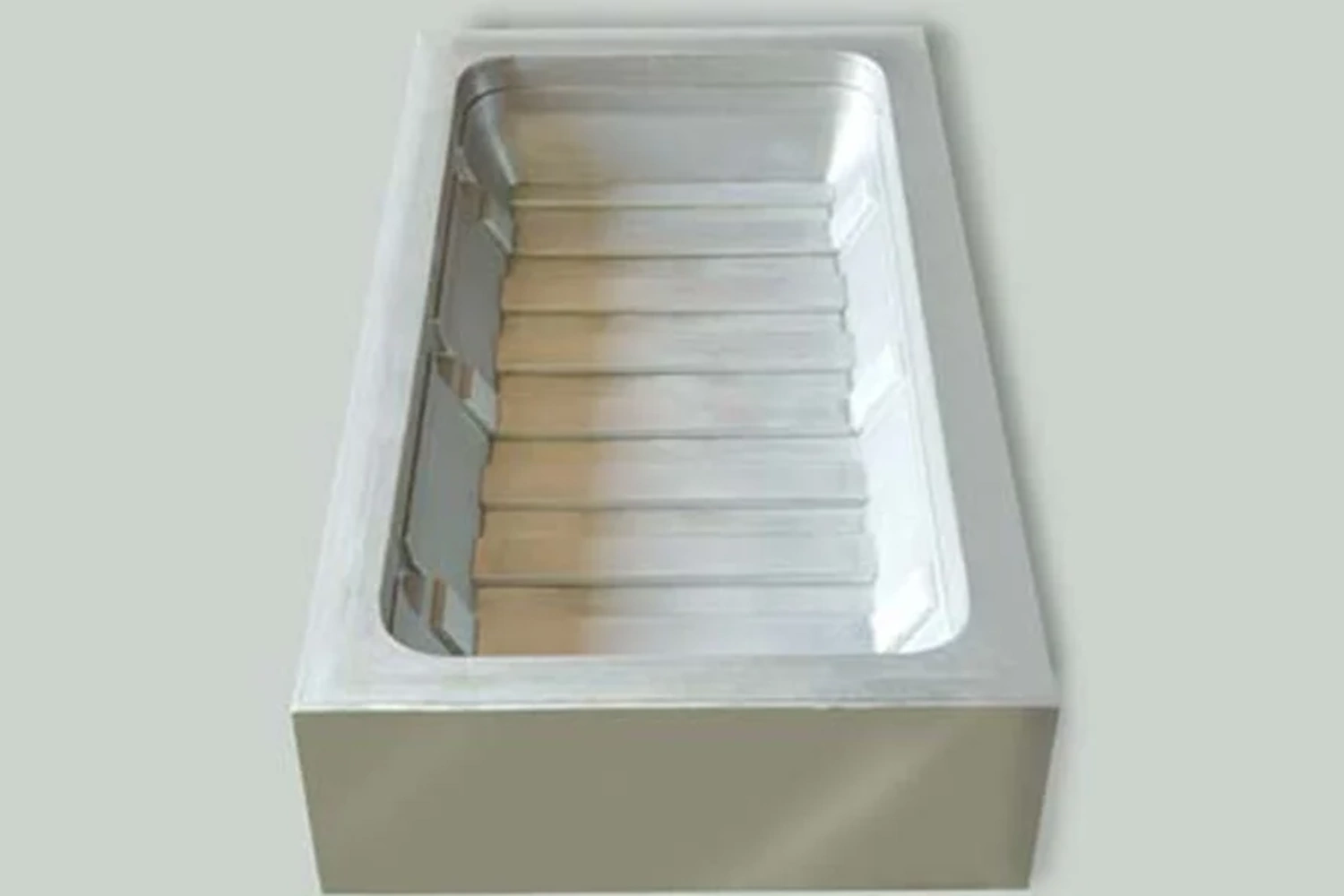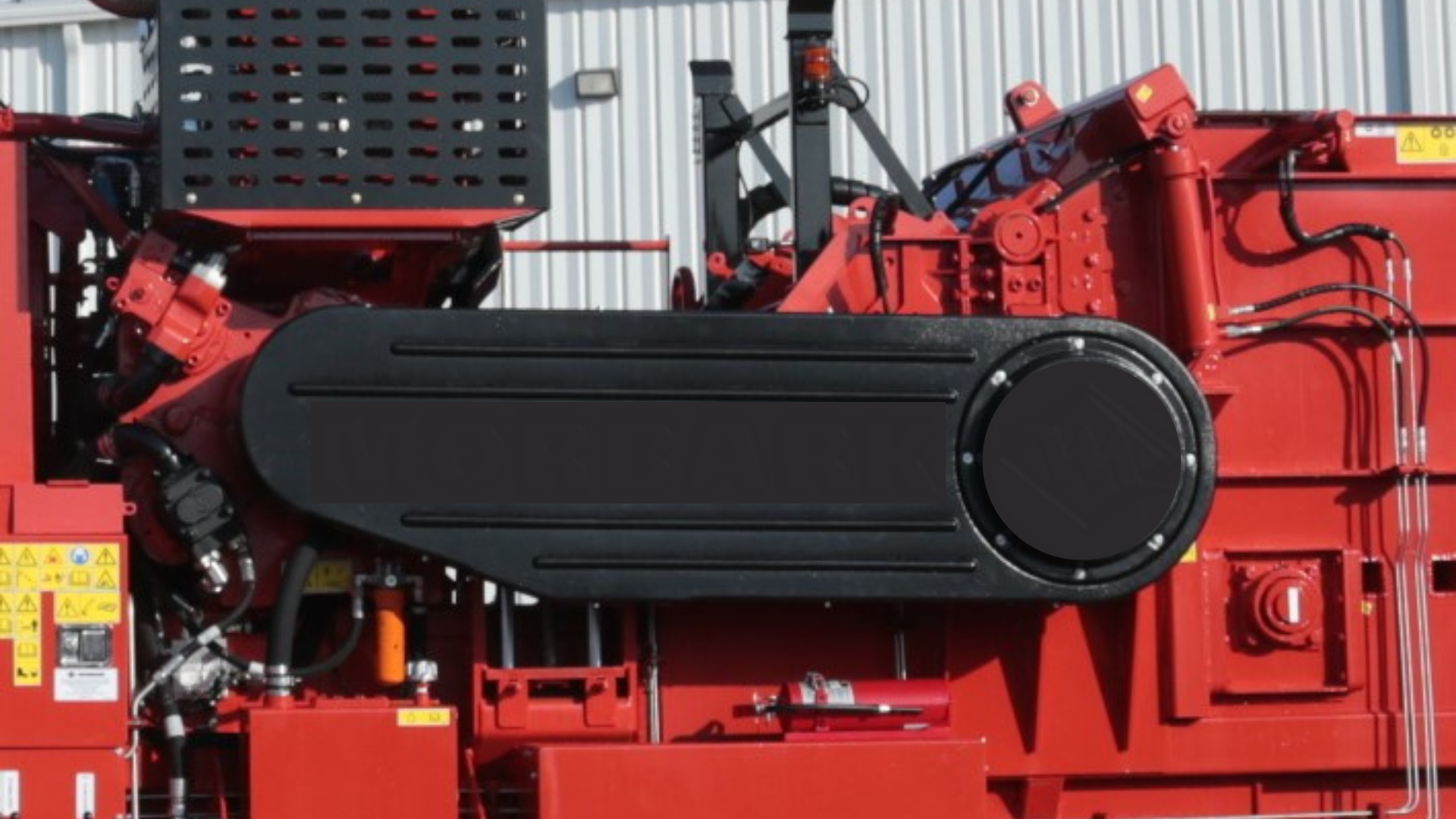Optimizing Time to Production: The Thermoforming Advantage
The ability to produce high-quality parts quickly and efficiently is paramount in the ever-evolving manufacturing landscape. As industries continue to push the boundaries of innovation, the need for rapid production methods has become increasingly critical.
Among the various manufacturing techniques available, thermoforming has emerged as a frontrunner, particularly regarding speed of production.
Thermoforming's superiority in production speed is primarily attributed to its shorter cycle times and reduced labor requirements. When compared to traditional methods like fiberglass molding, the difference is stark. Thermoforming machines can churn out parts significantly faster, making them the go-to choice for high-volume production runs where time is a crucial factor.
One of the key advantages of thermoforming lies in the simplicity of its tooling. This simplicity translates to quick setup times and rapid changeovers between different parts. In a manufacturing environment where flexibility is essential, the ability to swiftly adapt to changing production needs can be a game-changer. This agility not only enhances production efficiency but also allows manufacturers to respond more effectively to market demands and customer requirements.
The cost-effectiveness of thermoforming becomes particularly evident when considering the tooling aspect. The ability to produce a higher number of parts per hour from a single thermoforming tool significantly reduces the per-part tooling cost. This advantage is further amplified in large-scale production scenarios, where the need for multiple tooling sets is minimized. As a result, manufacturers can realize substantial cost savings, especially when producing parts in high volumes.
While speed is crucial, it's important to note that the choice between thermoforming and other methods like fiberglass molding isn't always straightforward. Each technique offers unique advantages that may be more suitable for specific applications. For instance, thermoforming excels in production speed and weight reduction, producing lightweight parts that are ideal for industries where weight is a critical factor, such as aerospace or automotive.
Choosing between thermoforming and fiberglass molding ultimately depends on carefully evaluating project-specific requirements. Factors such as the desired physical properties of the final product, production volume, budget constraints, and time-to-market targets all play crucial roles in determining the most suitable manufacturing method.
As the manufacturing industry continues to evolve, the importance of production speed cannot be overstated. Thermoforming has proven to be a formidable contender in this arena, offering significant cycle times, labor efficiency, and cost-effectiveness advantages.
However, manufacturers must thoroughly analyze their specific needs and objectives before making a decision. By weighing the pros and cons of each method and aligning them with project requirements, manufacturers can make informed choices that optimize their production processes and drive success in today's competitive market.



